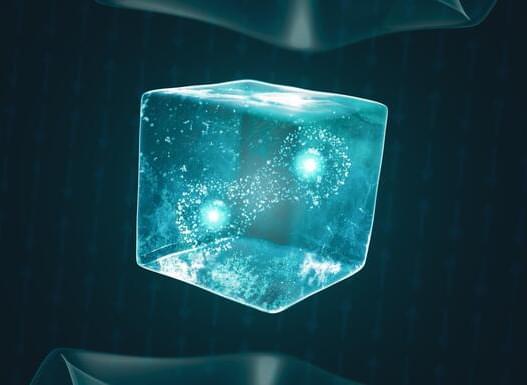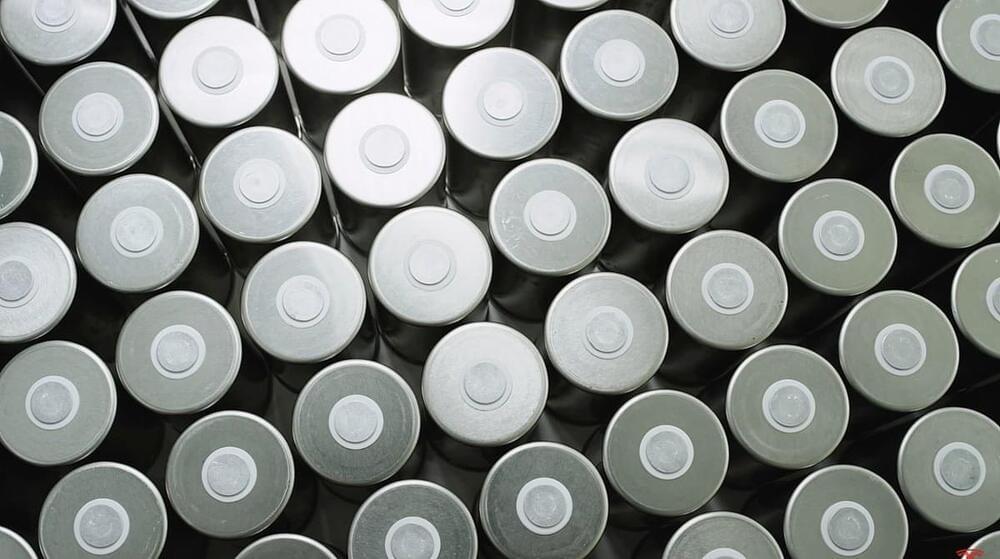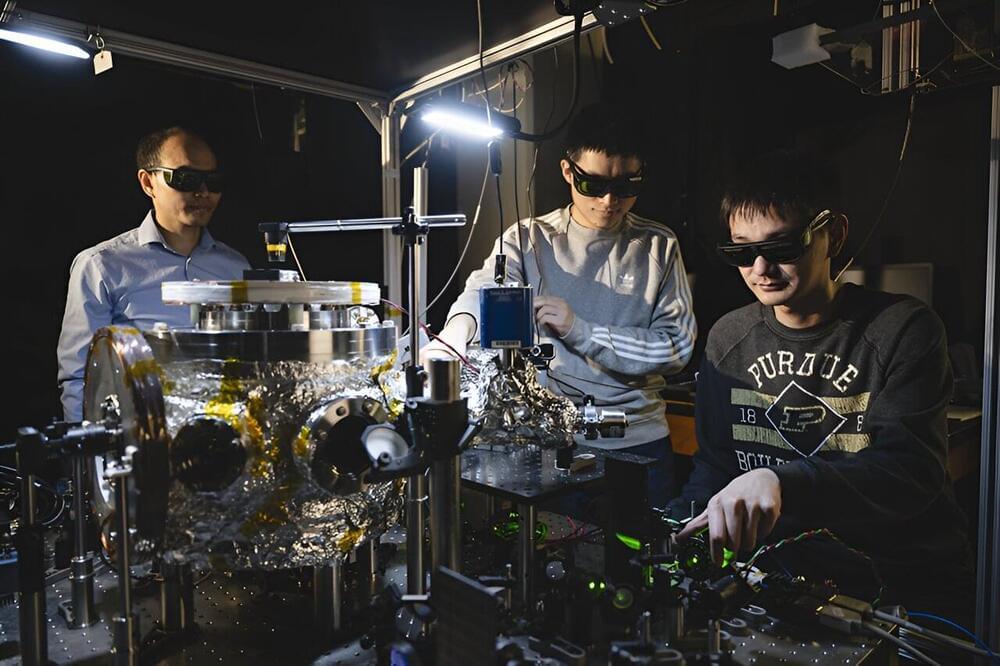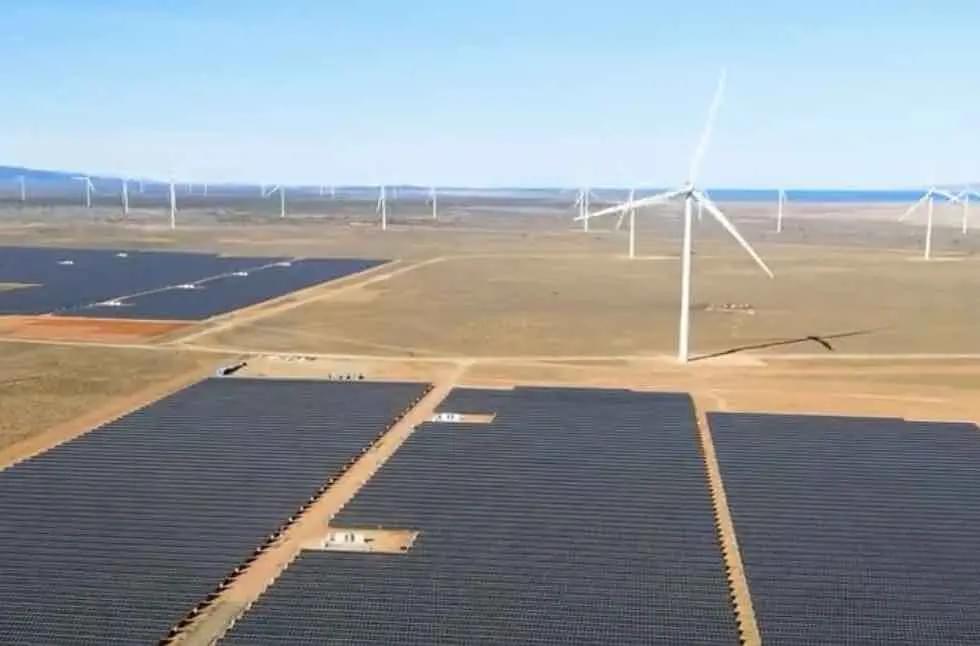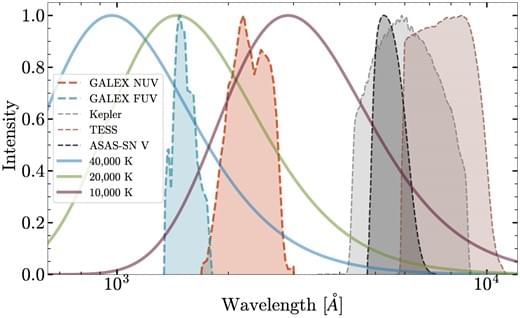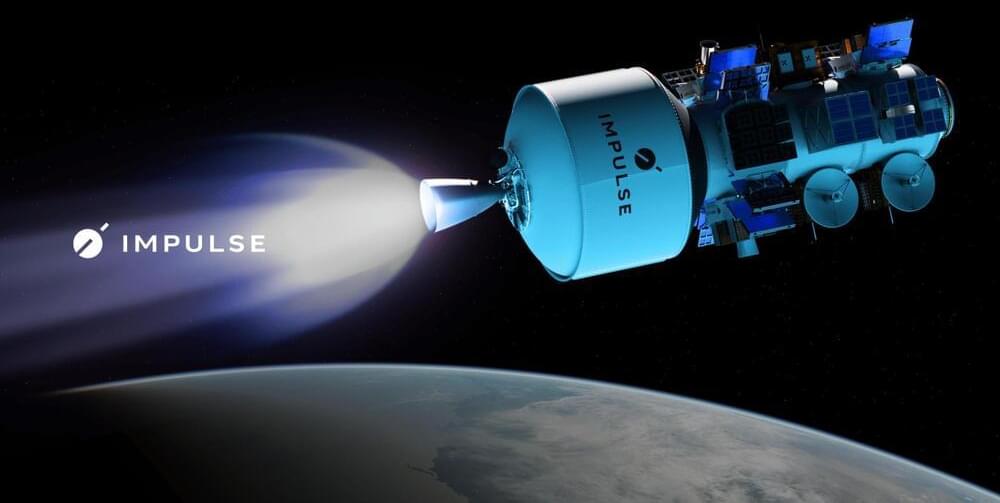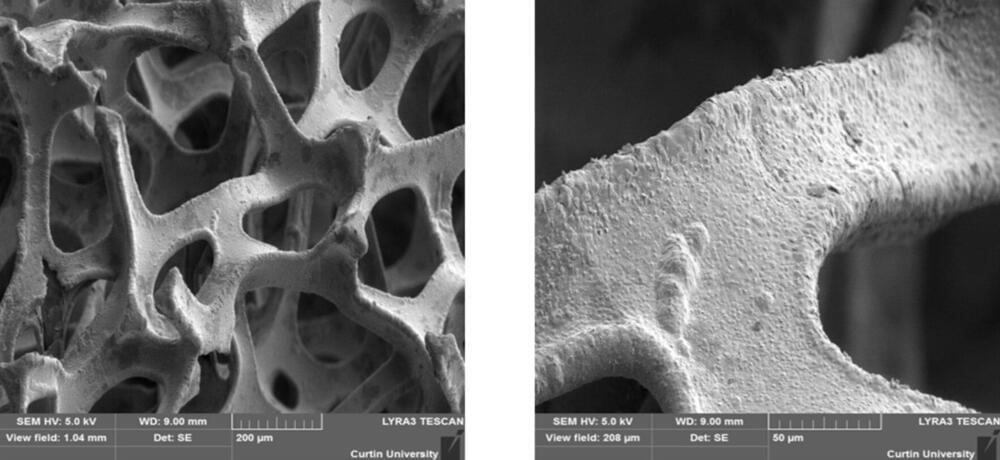Aug 17, 2024
Researchers observe ‘locked’ electron pairs in a superconductor cuprate
Posted by Saúl Morales Rodriguéz in categories: energy, transportation
For the past century since their discovery, superconductors and their mysterious atomic properties have left researchers in awe. These special materials allow electricity to flow through them without any energy loss. They even allow trains to levitate.
